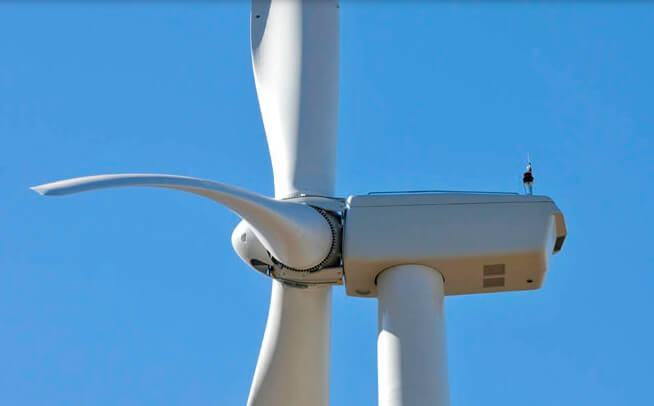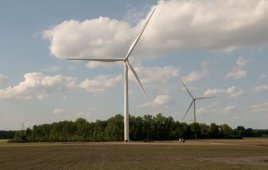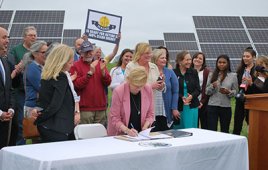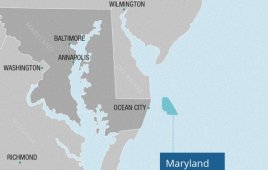This article, from the Renewables Incentive Guide, is authored by Nigel Howorth, Partner, Global Renewables Group
The December 2015 Paris Climate Change Conference saw the conclusion of the first real global deal on actions to deal with climate change for the period after 2020. 195 countries agreed to take action to limit global temperature rises to 2C° and pursue efforts to go even further towards a 1.5C° limit. Although no specific emission limits are included in the Paris Agreement, each country committed to submit its plans for emission cuts and update these every five years.

The International Energy Agency (IEA) sees renewable energy contributing 32% of the effort towards the 2° scenario between 2016 and 2050.
Ultimately, the Agreement aims for net zero carbon emissions in the latter half of this century. Work will continue on the detail of this Agreement and agreement of implementation mechanisms at the COP 22 meeting in Marrakech in November 2016 and beyond. The Paris Agreement does not focus on renewable energy generation, but it is clear that a huge growth in the global renewable energy sector is absolutely crucial to meeting these emission aims: The International Energy Agency (IEA), for example, sees renewable energy contributing 32% of the effort towards the 2° scenario between 2016 and 20501. Its figures estimate that renewable electricity generation rose by 5% in 2015, accounting for 23% of all electricity generation.
The IEA expects renewable electricity generation to grow by more than 30% between 2014 and 2020. Energy storage, a crucial piece in the new technology jigsaw Global efforts to decarbonize (including raising generation capacity) will increasingly rely on development of technology to help make the supply and use of energy more reliable, cost-efficient and flexible. The development of more interconnector capacity between national and regional grids will allow transferring energy more freely across borders to manage reliable supplies, including reducing wasted energy generated from renewable energy sources and helping to ameliorate the problem of intermittent generation technologies.
There will be a growing emphasis on demand side flexibility which uses technology and data to manage consumer demand (for example by shifting demand to off-peak periods). A smart grid incorporates this technology and data to manage supply and demand on a larger scale across a whole grid network (at distribution or transmission level). This allows connection of greater levels of renewable resources to the network, and control of demand and real-time pricing at commercial and domestic consumer level: This helps not only balancing supply and demand, but also encourages energy efficiency. Smart distribution grids at the heart of a transformed power system Although not a new concept, energy storage is destined to become a crucial element of the energy networks of the future, helping to ensure that energy is available when and where it is needed and is not wasted. Storage has a major role supporting centralized grids, and is also likely to be important in large-scale interconnection going forward.
Increasingly, the old-style centralized grids of the past are being complemented by distributed energy networks or micro-grids, where typically smaller renewable sources produce energy for consumption at nearby locations (e.g. business parks, housing estates or factories). At this more local level, energy storage plays a key part in the development of micro-grids and smart grids. The remainder of this article focuses on issues related to energy storage (primarily issues relating to electricity storage).
1 With energy efficiency contributing 38%, carbon capture and storage and nuclear taking up 19% combined. Source: IEA Energy Technology Perspectives 2016. 2 One notable example is the Medgrid project currently being considered to link the European electricity network to Africa.
Discussion of U.S. prospects begins on page 51. Read the rest of the 56 page document here: file:///C:/Users/Paul/Downloads/Renewables_Incentive_Guide___5th_edition_6033758.pdf
Filed Under: Uncategorized




